Interfaith Blessing Highlights the Generosity of Anatomical Donors
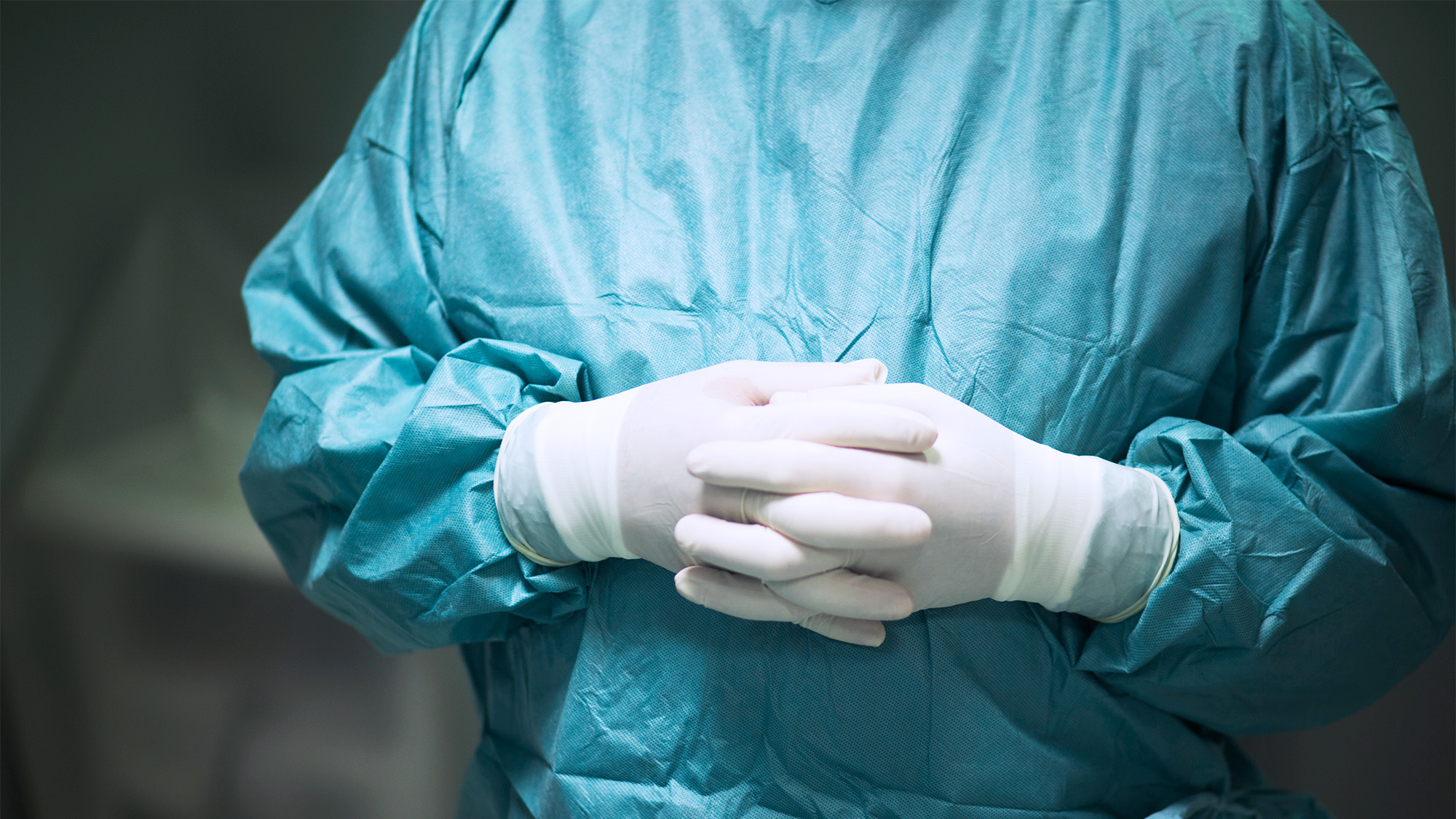
Posted in News Stories | Tagged anatomical donor, anatomy lab, gross anatomy, medical education, student experience
(January 26, 2024) — Before first-year medical students began their highly anticipated first day of anatomy lab, they paused for an interfaith blessing led by Father James Shea, S.J., Rabbi Daniel Schaefer and Imam Yahya Hendi to reflect on the generosity of anatomical donors in offering their bodies to further their medical education.
“Let us pause for a moment to quiet and center ourselves and become aware of the presence of our donor cadavers,” began Shea. “They gave you their last gift, entrusted you with their bodies, because they believed in you and wanted to help you become skilled, wise and compassionate physicians.”
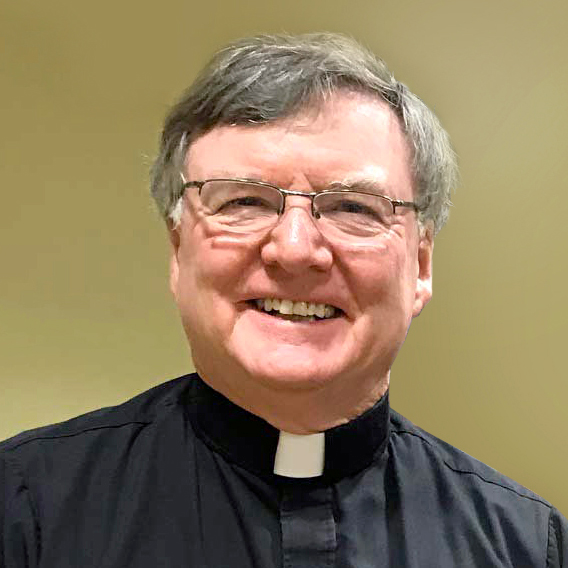
‘Your Learning is Their Legacy’
In anatomy lab, about 200 medical students work together in groups of five as they gain critical information about the human body through dissection. For many, the class is the closest they have ever come to death. But over the next year, these students will return intermittently to each other and their donor. Starting with the heart and lungs, the students move through the body, meticulously revealing the digestive organs, muscles and eventually the brain. Each student will maximize the gift given to them by leaving no organ or region unexplored.
“Your learning is their legacy,” said Shea before blessing the medical students to extend the gift of the donors beyond the lab to every person the future physicians will care for.
Schaefer reminded students to extend the respect one owes to the donors in life to them in death before reading “A Physician’s Daily Prayer,” a Jewish blessing.
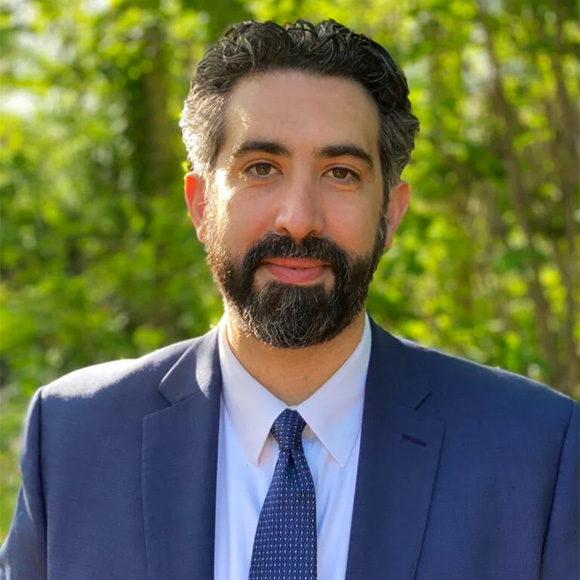
Hendi asked for blessings for those who donated “the best of what they had.”
“We ask for you to also bless these students present to grant the wisdom, the energy, the love and the compassion to treat these bodies with the ultimate dignity they deserve,” said Hendi, speaking in Arabic and English. “May you be able to learn from their [the donors’] experiences and bring life to so many.”
Honoring the Donors’ Humanity
The interfaith blessing touched several students.
“Although I am not a particularly religious person, the interfaith blessing was an incredibly peaceful and moving experience for me,” said Leila Mahdavi (M’27). “[The blessings] connected everyone in that room by the gratitude we shared for the people that donated their bodies for our learning.”
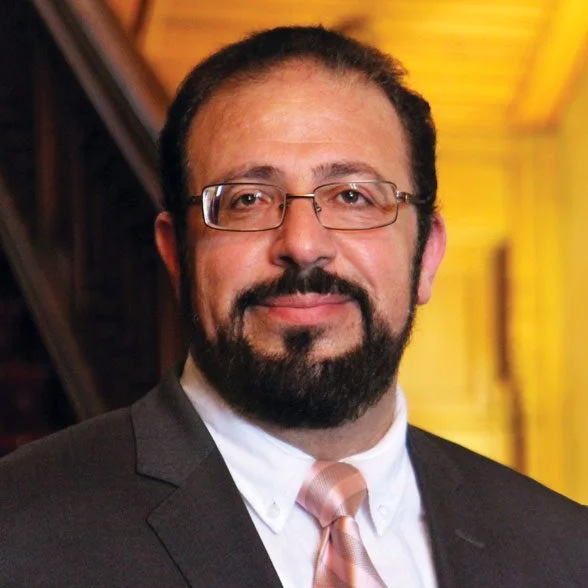
Inspired by the selflessness that the donors provided in making their bodies available to medicine, Mahdavi added that she hopes to incorporate that into her future practice as a physician. .
Dissections began immediately at the conclusion of the blessings, which ended with a unified “Amen.”
Roumina Adab (M’27) said she felt reminded of the Jesuit value of cura personalis and the need to be inclusive and respectful of different faiths.
“I do not consider myself very religious, but I loved the humanity behind including the clergy to offer blessings before our first dissection,” said Adab.
A Noble Cause
Students described anatomy lab as the hardest part of medical school both emotionally and academically.
“Some students struggle with technique, anatomy, or processing the nature of dissections,” said Mohamad Harraka (M’26). Harraka spoke with first-year medical students about the donation process, which he learned working at a cadaver lab for three years before medical school.
“People who donate their bodies are often suffering from a terminal illness where current science has been exhausted,” explained Harraka. “These people want to give back to medicine for prolonging their life by offering their bodies to further the education of the next generation.”
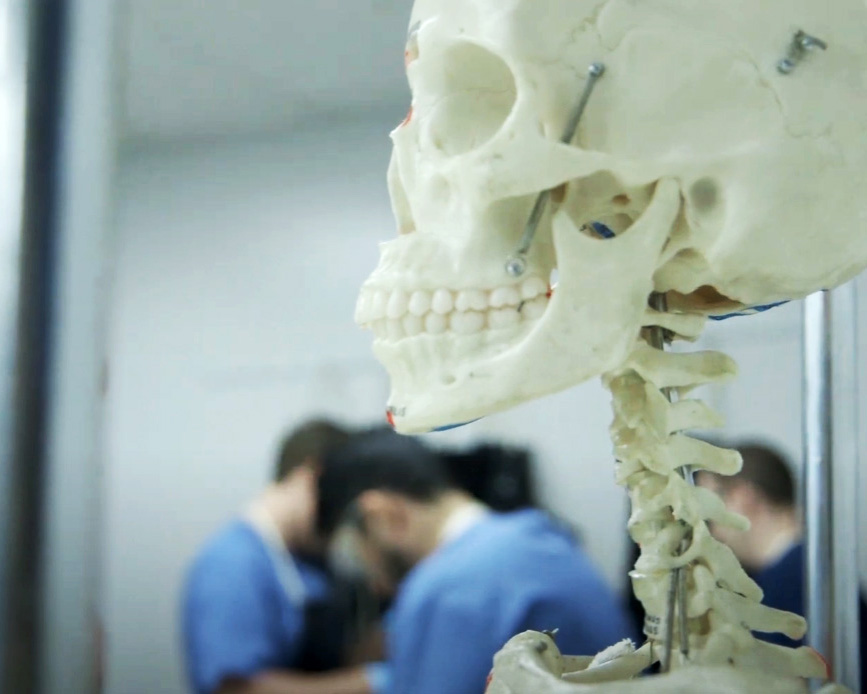
Harraka described anatomical donors as students’ first clinical teachers, who teach them not only about their comorbidities, their implants, their scars, but also their life as a person with a soul and a story.
Mahdavi recounted connecting the body and the person while dissecting her donor’s heart. “Holding my donor’s heart in two hands, I reflected that this organ had unconditionally and continuously kept her alive until her last breath,” she said. “As I held this beautifully complex organ in my hands, I was reminded of how amazingly beautiful and complex the human body is.”
According to Harraka, donors went out of their way to donate their bodies to science by seeking out a donation company. He further described the donation process as emotionally taxing, especially at the end of life.
“But the donor agreed to the dissections for your education,” said Harraka. “Their cause was noble.”
“[Harraka] reminded us of the gift these donors had so graciously given to us,” said Mahdavi, who felt motivated by the donors’ generosity to use the experience of anatomy lab as a learning tool to serve future patients.
Anatomical donors will be further honored with a donor Mass later in the spring where families of donors are invited to come and meet medical students.
Heather Wilpone-Welborn
GUMC Communications
